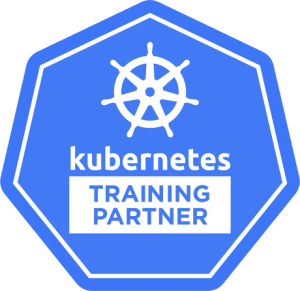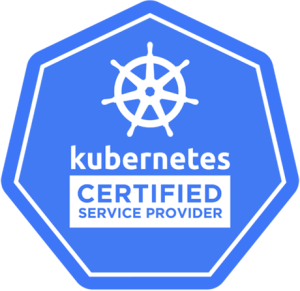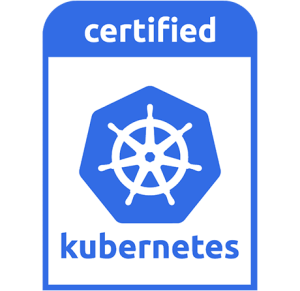Blogs
In the rapidly evolving landscape of container orchestration, Kubernetes has emerged as the frontrunner. Its unparalleled flexibility in managing, deploying, and scaling applications is unmatched. However, when it comes to managing storage in Kubernetes, there are unique challenges to navigate. An adept approach to storage management is essential for ensuring the uninterrupted operation of services and applications.
With that preamble, let’s explore some best practices for Kubernetes storage management.
1. Understand Persistent Storage Mechanisms in Kubernetes
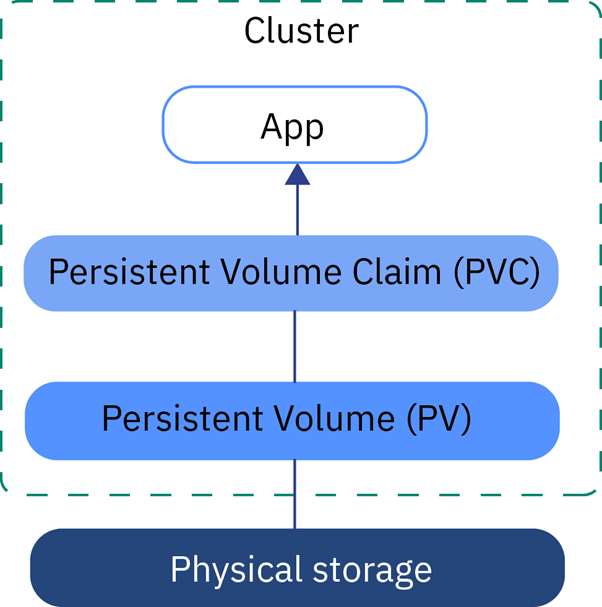
Grasping the foundational concepts is pivotal before diving deep into storage strategies:
Persistent Volumes (PVs): Think of these as storage resources that are carefully crafted and maintained by administrators. They are designed to outlive individual pods and offer a myriad of storage solutions, from Rook Ceph and Longhorn Persistent Disk to more cloud storage options.
Persistent Volume Claims (PVCs): Integral for pods, PVCs are used to request specific storage sizes and access methods. They are designed to bind to PVs and subsequently utilize them.
Access Modes: Kubernetes offers different access modes to suit varying application requirements. Some of the most common ones include:
- ReadWriteOnce (RWO): The volume can be mounted as read-write by a single node. It means that only one node can write to it at any given time.
- ReadWriteMany (RWX): The volume can be mounted as read-write by multiple nodes, making it possible for many nodes to read and write concurrently.
- ReadOnlyMany (ROX): The volume can be mounted as read-only by multiple nodes, allowing concurrent reading without write access.
- Object Storage: Apart from the traditional file systems and block storage, applications in Kubernetes can also leverage object storage. This is particularly beneficial for storing unstructured data like multimedia content, web assets, and backups.
2. Choose the Right Storage Class
Storage requirements can vary significantly between applications. Kubernetes offers 'Storage Classes' to cater to diverse needs.
Dynamically Provisioned Storage: Here, Kubernetes flexes its muscles by provisioning storage as and when required, based on the pre-defined Storage Class. This dynamic nature negates the need for manual intervention.
Static Provisioning: In this traditional setup, an administrator creates a number of PVs beforehand. These volumes can then be claimed by pods as per their storage requirements.
3. Ensure Data Redundancy
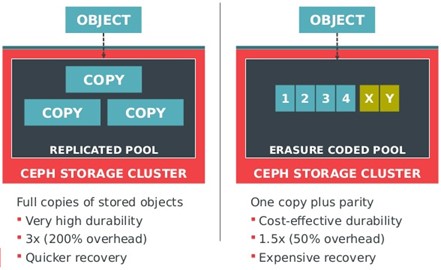
Ensuring redundancy is non-negotiable. In the face of unexpected hardware hiccups or failures, redundant data copies can be a game-changer.
Replication: A robust strategy here is replication, where multiple data copies are stored across varied nodes or even distinct data centers.
Erasure Coding: A data protection method that divides data into fragments, extends it with redundant pieces, and stores them across a distributed storage system, allowing for data recovery even if some fragments are lost.
4. Regularly Backup Your Volumes
The importance of data backup cannot be understated. PVs, despite being persistent, are vulnerable to unfortunate events like data corruption or inadvertent deletions.
Backup Solutions: Leverage tools like Stash, Velero, or Kasten. These are specifically tailored to facilitate easy and regular backups of Kubernetes volumes.
5. Monitor and Plan for Storage Capacity
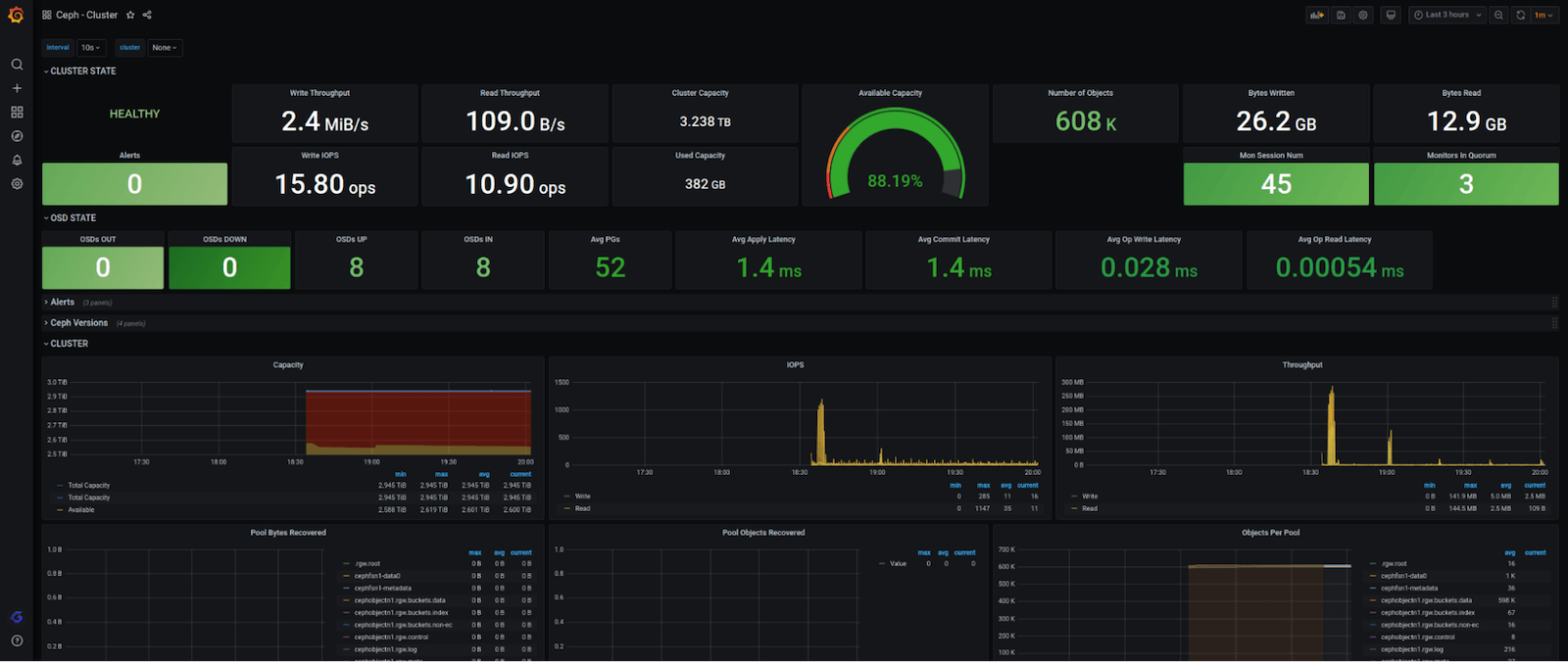
The significance of continuous monitoring can't be emphasized enough. It's the first line of defense against potential storage anomalies.
Storage Metrics: Tools like Prometheus, when coupled with Grafana, can be immensely powerful, furnishing crucial metrics related to storage systems.
Capacity Planning: Always have your finger on the pulse of storage usage trends. By anticipating needs, you can judiciously plan capacity enhancements, ensuring you're never caught off guard.
6. Optimize Storage Performance
Consider the specific I/O needs of your applications and tailor your storage solutions accordingly.
High I/O Applications: For data-intensive applications or databases, lean towards faster storage options like SSDs.
Archival Data: For data that's accessed infrequently or is of lesser criticality, cost-effective and slower storage solutions can be ideal.
7. Address the “Noisy Neighbor” Issue
In shared storage ecosystems, the "noisy neighbor" issue can be a real pain point. Here, a single application can hog a large chunk of IOPS, leaving other applications starved and hampering their performance.
Rate Limiting & QoS Policies: Implement these to ensure a balanced and equitable distribution of storage resources amongst all applications.
8. Stay Updated with Kubernetes Enhancements
With Kubernetes being an ever-evolving platform, it's imperative to stay updated. Each new release can bring with it a plethora of improvements, features, and vital security patches.
9. Implement Storage Quotas
Storage quotas can be invaluable, especially in multi-tenant Kubernetes clusters.
ResourceQuotas: This feature in Kubernetes ensures that individual users or teams don't exhaust all available storage, leading to potential resource crunches.
10. Have a Disaster Recovery Plan
Even with all precautions, unforeseen events can wreak havoc.
Recovery Strategy: Always have a disaster recovery plan in place, detailing steps to restore operations with minimal downtime.
11. Ensure Data Encryption
Data encryption, both at rest and in transit, is essential to safeguard against malicious threats.
Encryption Solutions: Kubernetes offers native solutions, and there are third-party tools that further bolster data encryption.
12. Testing is Paramount
It's a cardinal rule in IT – always test your setups. And this holds true for storage in Kubernetes as well. Regularly challenge your storage solutions, simulate potential failures, and validate your recovery procedures.
In Conclusion
Navigating Kubernetes storage might appear daunting, but with the right strategies and practices, you can master it. These best practices aim to arm you with the knowledge and insights to manage storage adeptly. Remember, the world of Kubernetes is vast and continuously evolving, so staying informed and adaptable is the key to success.
Check out our latest blogpost
Kubernetes in Focus: An Outlook on Future Growth Areas
Any Questions?
Please feel free to contact us for any question that is not answered yet.
We are looking forward to get in contact with you!
KubeOps GmbH
Hinter Stöck 17
72406 Bisingen
Germany
-
Telefon:
+49 7433 93724 90
-
Mail:
This email address is being protected from spambots. You need JavaScript enabled to view it.


